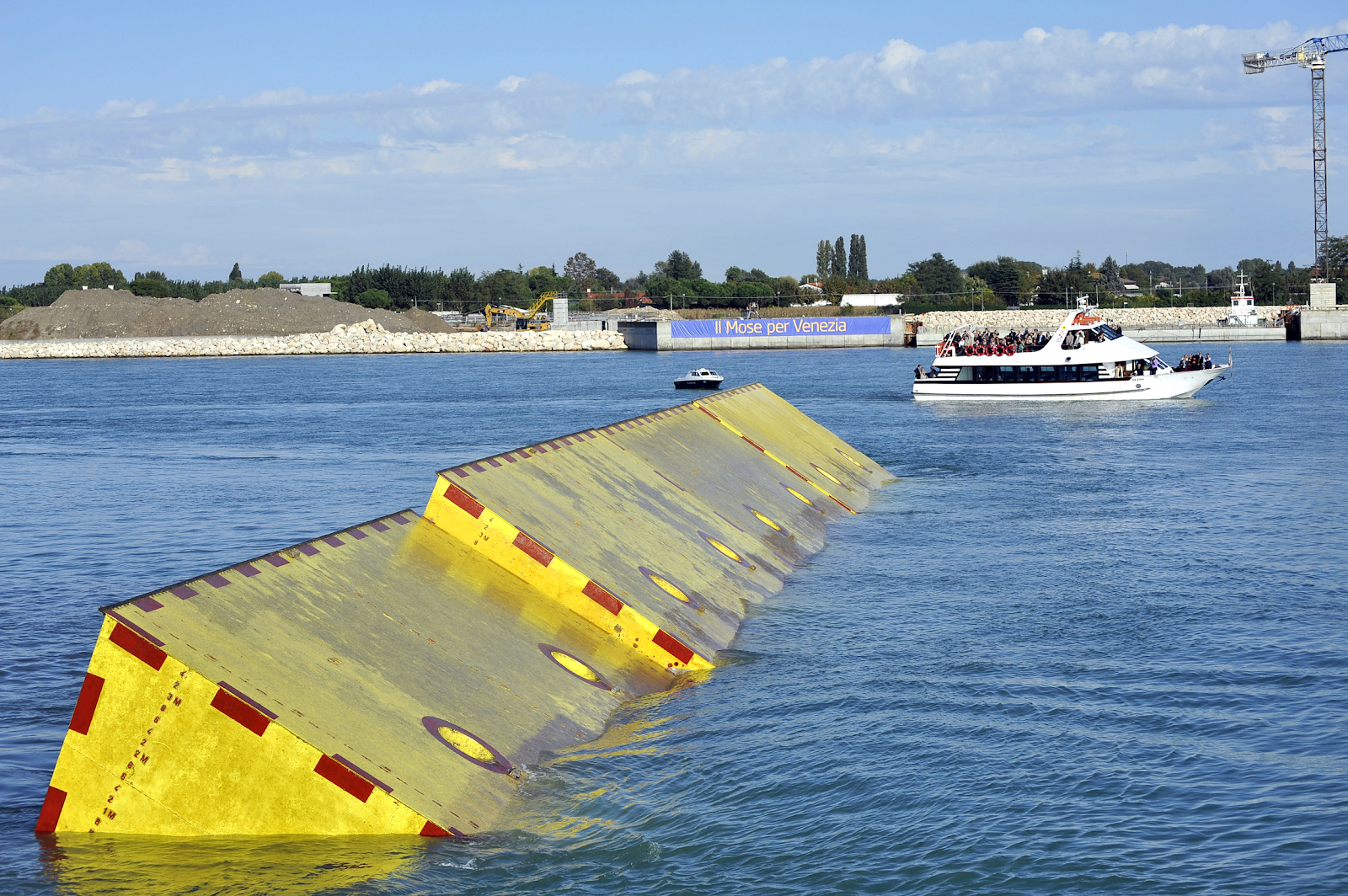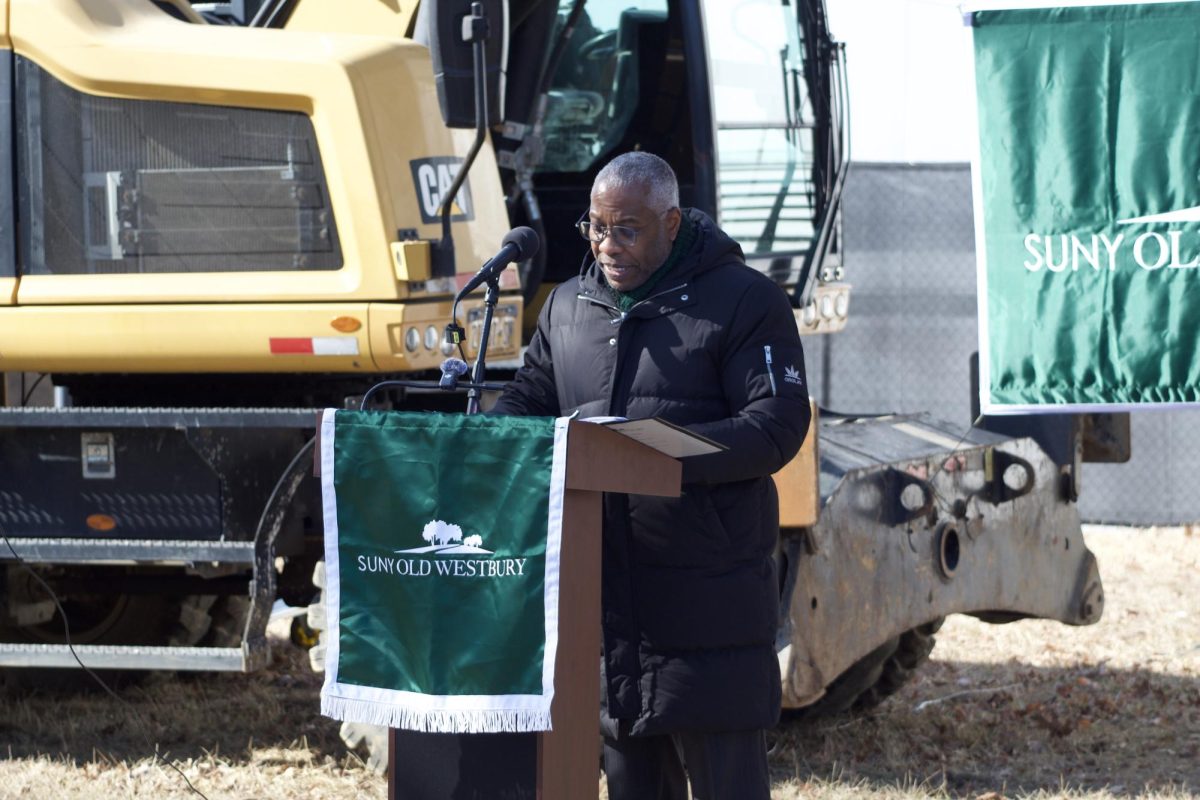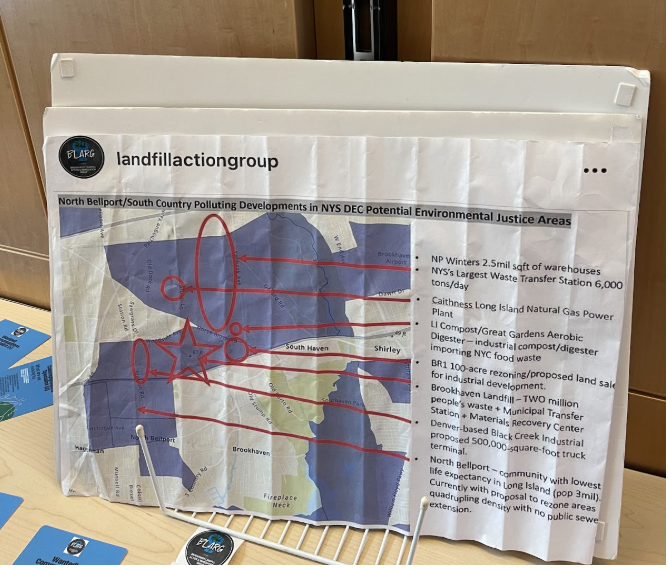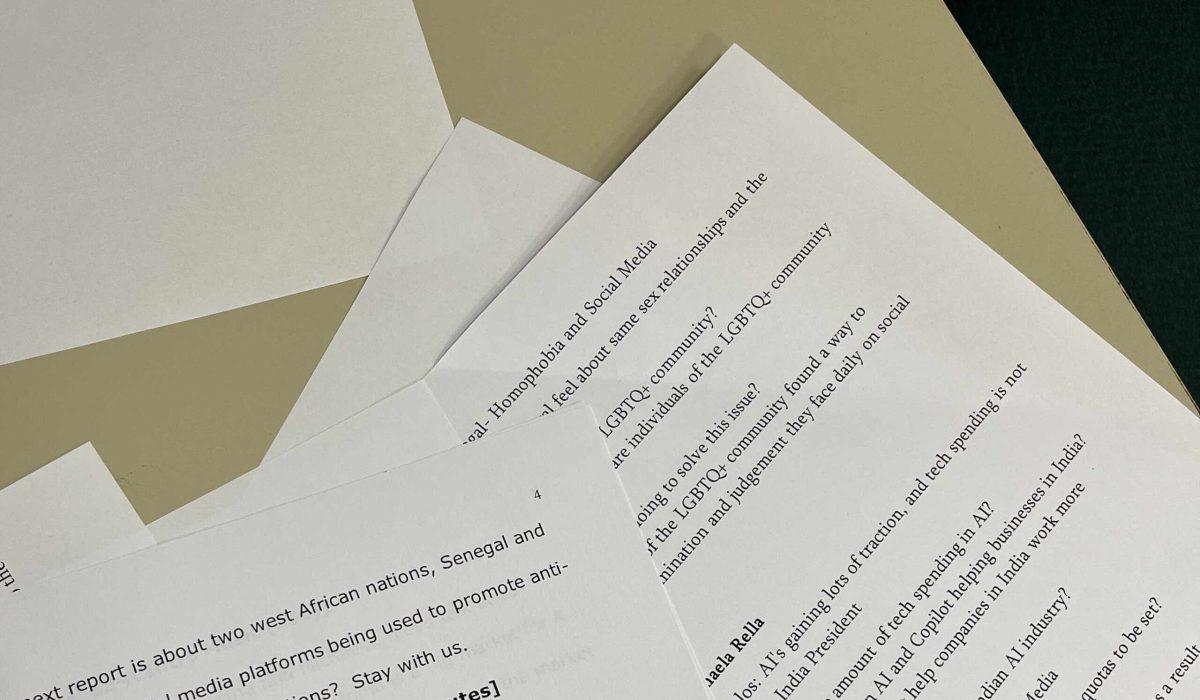A flood barrier referred to as the MOSE project, has protected Venice for a second time from a high tide. Its first successful run was on October 3rd, displaying its effectiveness of keeping the city from flooding. The mayor of Venice, Luigi Brugnaro tweeted, “The city is dry. All the gates are in operation. The canals will reopen at around 3:30pm.”

The high water or “acqua alta” in Italian, occurs due to the rising sea levels and from uncommon high tides that force the city’s ground level down. The barrier is designed to withstand tides up to 3 metres (almost 10 feet), however, there is a concern of some barriers already rusting and if MOSE will continue to be effective for a long period of time, according to Reuters.
The designs of the MOSE dams were originally developed in 1984, which were supposed to be used in 2011, but setbacks halted the progress. Included in the plans of the MOSE barrier, a man-made island was built between Venice and Callino-Treporti. Some believe the island has changed the lagoon and is enabling the water from the sea to enter quicker. “Further tests will be carried out, although the project is not expected to be fully functional until the end of 2021,” according to The Guardian.
Venice was in dire need of the flood barrier, especially when the worst flooding in about 50 years had occurred in 2019 that put parts of the city under six feet of water. The barriers work by resting at the floor of the lagoon until needed. When it’s time to activate the barriers, they fill with air, rise and successfully seal Venice from flooding, according to Architect’s Newspaper.

























